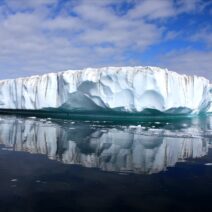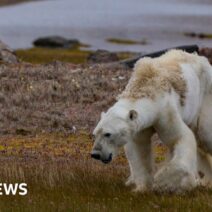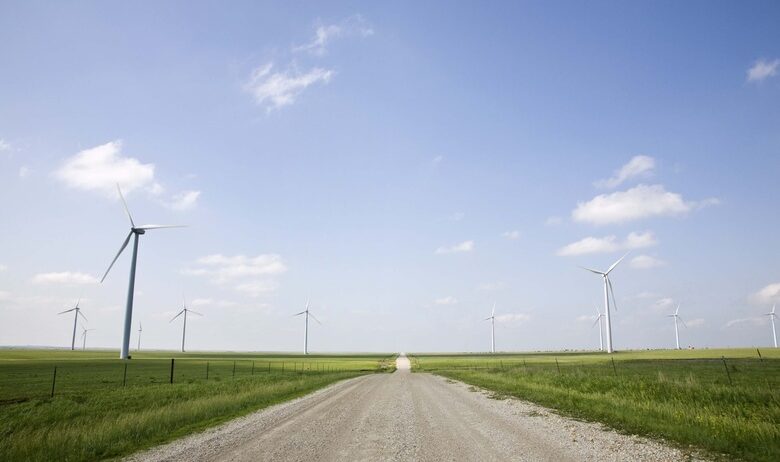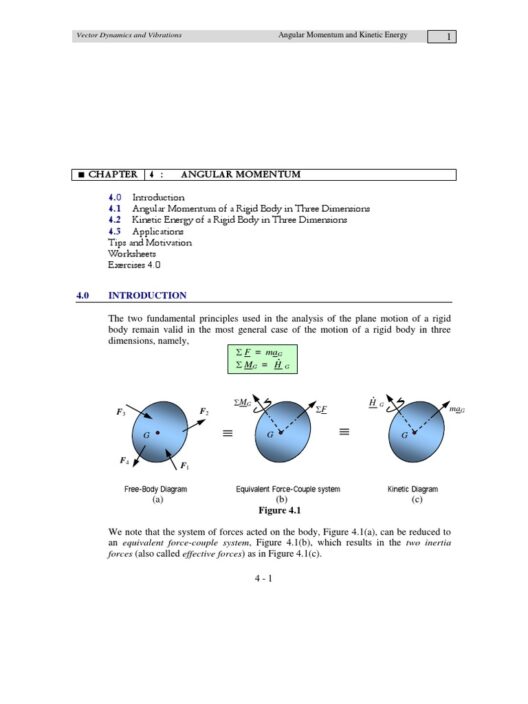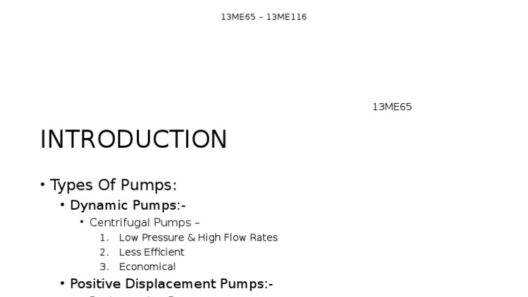Wind energy has emerged as one of the most promising renewable energy sources, harnessing the natural force of wind for electricity generation. The movement towards sustainable energy necessitates not just the production of wind energy but also its efficient conservation. Conserving wind energy is crucial to ensure that the energy generated is utilized optimally while minimizing waste. This article delves into various methodologies and practices aimed at conserving wind energy, emphasizing a multifaceted approach to energy conservation and sustainability.
Understanding Wind Energy Basics
Wind energy is derived from the movement of air in the Earth’s atmosphere. Wind turbines convert this kinetic energy into electrical energy. However, the process of generating and utilizing wind energy involves challenges, such as energy storage, grid integration, and the mitigation of transmission losses. Therefore, conservation strategies become pivotal in enhancing the efficiency of this energy source.
Optimizing Wind Farm Operations
One of the primary mechanisms for conserving wind energy lies in optimizing the operations of wind farms. Initially, conducting rigorous site assessments can ensure turbines are placed in locations that maximize wind capture. Technologies such as Computational Fluid Dynamics (CFD) can simulate wind patterns, helping to select optimal turbine placements and configurations.
Furthermore, regular maintenance of wind turbines is essential. Well-maintained turbines exhibit higher efficiency and lower operational downtime. Implementing predictive maintenance techniques, utilizing IoT devices to monitor turbine health, can significantly enhance performance and longevity, thereby conserving energy.
Energy Storage Solutions
As wind energy generation is inherently intermittent, storing excess energy is crucial. Advanced energy storage solutions like lithium-ion batteries, flow batteries, or compressed air energy storage (CAES) play a vital role in energy conservation. When wind conditions are favorable, surplus energy can be stored and utilized during periods of low wind activity. This not only maximizes the use of generated energy but also stabilizes the electricity supply to the grid.
Investments in research and development of novel storage technologies can lead to breakthroughs that further enhance energy conservation. Continually evolving battery technologies, for example, promise higher capacities and faster charge/discharge cycles, contributing to more efficient energy management.
Smart Grid Integration
Integrating smart grid technology helps in optimizing energy use in conjunction with renewable sources. A smart grid employs digital technology to monitor and manage energy flows, ensuring that wind energy generated is used efficiently. With real-time data on energy consumption patterns, utilities can better predict energy demand and adjust supply accordingly. This can reduce the probability of energy wastage and optimize the use of wind energy resources.
Moreover, incentivizing distributed energy resources (DERs) and microgrids can further bolster conservation efforts. By allowing community-based energy production and storage, regions can become more self-sufficient, reducing the overall reliance on centralized energy sources and fostering resilience.
Enhancing Energy Efficiency in End-Use
While the focus frequently lies on the generation side, it is equally important to promote energy efficiency among end-users. Implementing energy efficiency measures in homes and businesses can drastically reduce energy consumption. This encompasses utilizing energy-efficient appliances, optimizing heating and cooling systems, and prioritizing LED lighting, all of which can lead to significant energy savings.
Educational programs aimed at raising awareness about energy conservation practices can catalyze behavioral changes among consumers. Efforts to create an informed public can lead to a culture of sustainability that advocates for minimizing energy waste and maximizing the use of renewable resources.
Innovative Materials and Design
The installation of wind turbines can be significantly influenced by the materials used and the design innovations in turbine aerodynamics. Research into lightweight, durable materials can enhance turbine performance, allowing them to capture more energy from lower wind speeds. Similarly, optimizing blade design for maximum lift and minimal drag can result in increased energy conversion efficiency.
Furthermore, the development of vertical-axis wind turbines, which operate effectively in turbulent wind conditions, presents an alternative to traditional horizontal-axis designs. These newer models can be employed in diverse settings, broadening the potential for wind energy utilization and conservation.
Policy and Regulatory Framework
Effective energy conservation strategies require comprehensive policy support. Governments can play a pivotal role in promoting renewable energy and conservation through incentives, subsidies, and regulations. Establishing standards for energy efficiency, mandating the installation of renewable energy systems, and supporting research and development initiatives are all essential components of a robust policy framework.
Moreover, collaboration between public and private sectors can enhance innovation and resource allocation, facilitating a more cohesive approach to energy conservation. Policies that encourage investments in green technologies and infrastructure can create an ecosystem conducive to sustainable energy practices.
Conclusion
Wind energy conservation encompasses a wide array of strategies and practices, from optimizing wind farm operations to enhancing energy efficiency at the consumer level. By embracing innovative technologies, fostering community engagement, and implementing supportive policies, society can ensure that wind energy serves as a cornerstone of a sustainable energy future. The winds of change call for an unwavering commitment to conservation, ensuring that we harness this abundant resource wisely and effectively.

